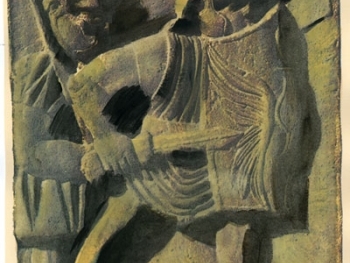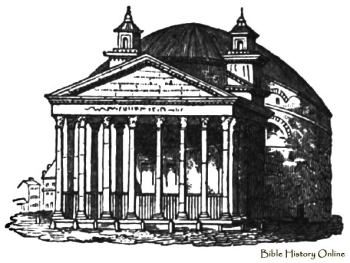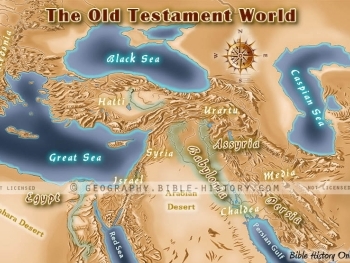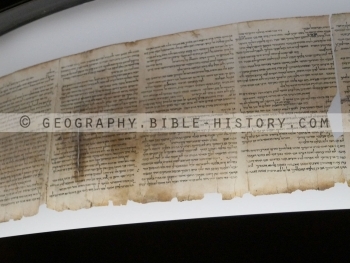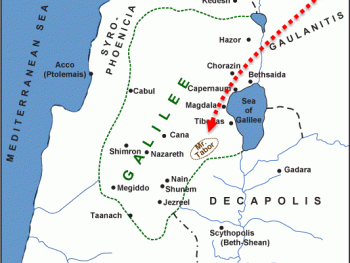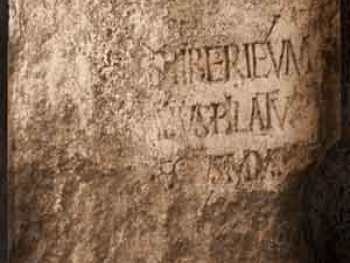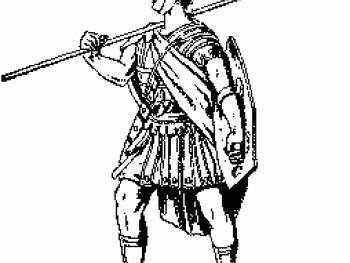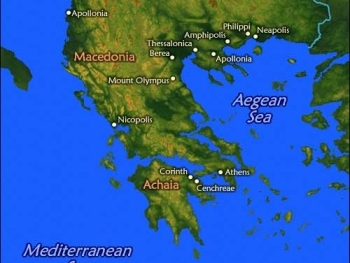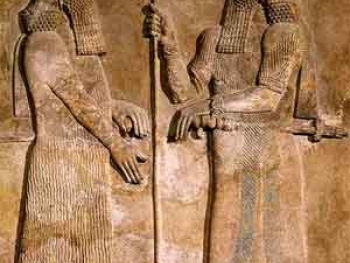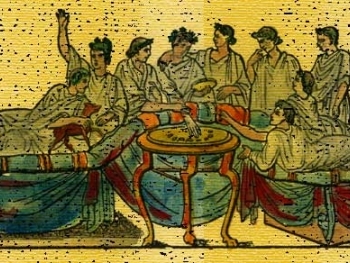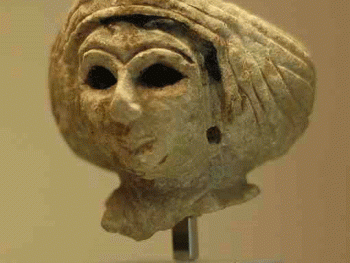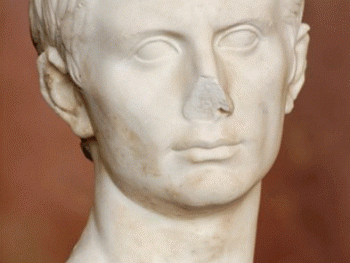In the Bible, a watchtower, also known as a lookout or watchman's tower, was a raised structure used for surveillance and observation. It served as a strategic vantage point from which watchmen could keep watch over the surrounding area, looking out for potential threats or important events.
One notable reference to a watchtower is found in the book of Isaiah 21:6, where it says, "For thus the Lord said to me: 'Go, set a watchman; let him announce what he sees.'" This verse highlights the role of the watchman in alerting others to what they observe from their elevated position.
Watchtowers were commonly used in ancient times to protect cities, guard borders, and provide early warning against enemies or approaching armies. They played a crucial role in military defense and security.
The concept of a watchtower is also metaphorically used in the Bible to convey spiritual and moral vigilance. In passages such as Habakkuk 2:1 and Ezekiel 33:7, the watchtower symbolizes the responsibility of spiritual leaders to keep watch, warn of impending danger, and guide the people in righteousness.
Overall, a watchtower in the biblical context represents a physical structure used for surveillance and a metaphorical reminder of the need for alertness and vigilance in both the physical and spiritual realms.
